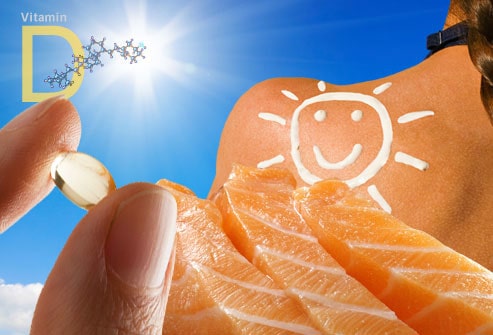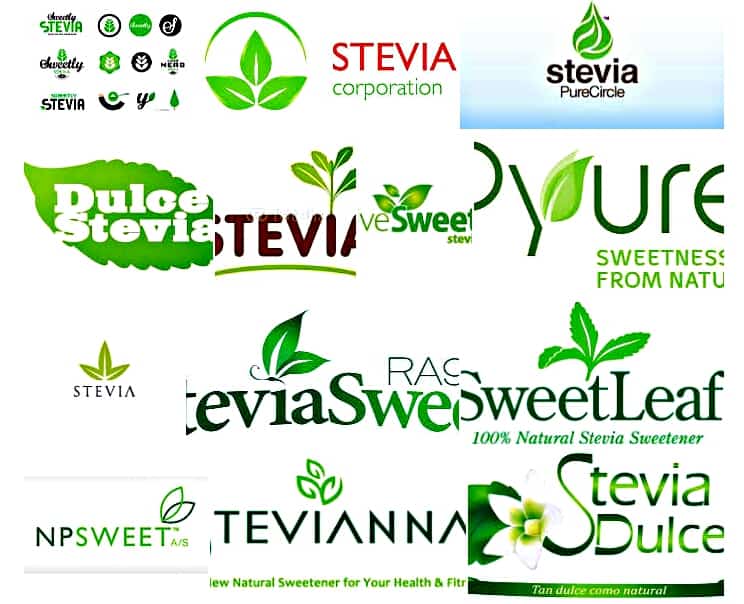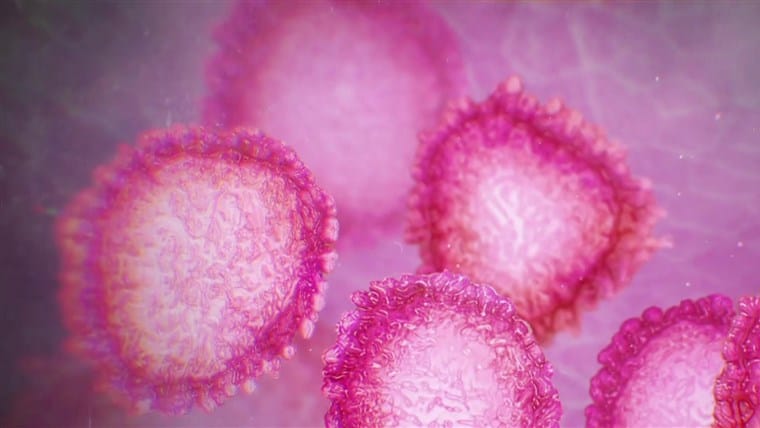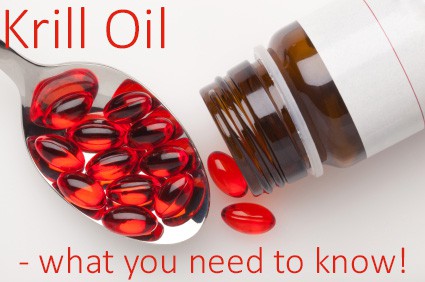Introduction
As some well informed readers might recall, I wrote an expose on the various impurities and contaminants found in certain creatines on the market a few years back. The article was called “What’s really in your creatine?“. The article took a close look at the large variations in the quality of different creatines and killed the long standing myth that “creatine is creatine.” I expected the article to have an effect on the creatine market both from a wholesale and a retail perspective, and it did. As I predicted in that article, It also got me into hot water with many companies and individuals who sell less than pure high quality creatine. My exact words were “What I am about to tell you is not going to make me a very popular person with many supplement manufacturers. In fact, some of them are going to be down right pissed off at me.”
I recall the drunk owner of one well known supplement company coming up to me at an after hours party at a convention and slurring “Hey Brink, you cost me a lot of money with that article of yours” to which I responded “serves you right for selling low grade creatine!” I knew where he got his creatine and it was junk. The article examined several key impurities often found in low grade creatines such as Dicyandiamide, Creatinine, Dihydrotriazine, and Sodium. Those who want to know more about those specific chemicals need to read the prior article. From the tests that were conducted on a dozen or so brands of creatine using high-performance liquid chromatography (HPLC), it appeared the creatine made by a large pharmaceutical company out of Germany was far and away superior to creatine manufactured elsewhere, particularly China where the above chemicals could be found at very high levels.
For what ever reason, I have gotten the unenviable reputation as some sort of defender of the of the sports supplement consumer. The results came to me through the back door so to speak but the company who did the tests is a multi-billion dollar pharmaceutical company and one of the largest producers of chemical intermediates (including the chemicals used to make creatine) in the world.
They know their stuff when it comes to testing for chemical impurities, not that it takes a multi-billion dollar pharmaceutical company to do such tests anyway. I sat on the test info for a few months seriously considering whether I really wanted to write another such article and deal with the next drunk guy at some convention who gets mad at me because I exposed the fact that he sold low grade creatine. Hey, it’s not my fault what people do to save a few bucks rather than shoot for the good stuff like an honest business person should. I know the words “sports nutrition” and “honesty” seem like an oxymoron, but there are a few good people and good companies out there, not to mention the fact that a quality creatine really is one of the best supplements going and is perfectly safe as many studies have shown. In the end, I decided I could not sit on this information and live with myself. So, I dug through the giant pile of papers on my desk, blew the dust off the test results, and sat down to write another article on the current state of some of the creatine supplements we stick in our mouth. You ain’t gonna like what you read unfortunately.
The Current State of Creatine
In some ways, the current state of creatine is pretty much the same as it was last year. A few -though growing number- of companies willing to sell the more expensive and purer creatine and the rest selling creatines that range from OK to really bad! In some respects, at least from these tests, it appears that several of the US manufacturers have improved while the Chinese manufacturers have gotten worse! The accompanying chart is a whole new batch of tests from that of last years tests and shows some creatines are loaded with impurities, in some cases up to 34,000 parts per million (ppm) of a single impurity which is almost 3.5% of the product! Now remember, people don’t take say 200 milligrams of creatine, they take 5,000 or even 10,000 milligrams (5-10 grams) of creatine at a time. So, if the product has as much as 3.4% of an impurity, that’s 340mg of the impurity per 10 gram serving. During the loading faze the number would be even higher! It’s just a good thing that these chemical impurities don’t appear to be toxic though one of them (dihydrotriazine) has no toxicity data and therefore should always be found in the non-detectable (n.d.) range in my opinion. A high quality creatine will contain 50ppm or less of dicyandiamide, 100ppm or less of creatinine, 100ppm or less of sodium, and non-detectable (n.d.) amounts of dihydrotriazine. The “good stuff ” easily meets these standards and the rest often fall well short as the chart clearly shows. Now of course there are always going to be some batch to batch variations in the above numbers for any manufacturer, but those figures would be the average for any good creatine.
Of Liquid Creatines and Gels…
Where do I begin with the liquid creatine issue? As you can see from the testing chart done on liquid creatine and gels, it was not a very large sample size. However, the tests were done on the better known brands of liquid creatine and gels. What if a larger sample size of liquid and gel products had been tested? I would expect to see pretty much the same results. Why? Well, even though every company selling liquid creatines and gels wants you to believe they are the one company who has discovered the magic chemical formula for keeping creatine stable in any type of liquid/gel, there is no reason at this time to believe it’s true. What I do know is some of the top R&D scientists in the world have told me repeatedly that creatine will not and does not stay stable over months or years in a liquid or a gel period. I was told point blank by one of the largest creatine manufacturers in the world that they had been asked by one of the largest sports drink manufacturers in the world to design a liquid sports drink with creatine in it. They were unable to find a way to make the creatine stable in liquid no matter what they tried and lost millions in potential sales by being unable to produce the product.
I suppose it’s possible that some small company or entrepreneur has discovered a stabilization process that eluded one of the top laboratories in the world that works with creatine, but I highly doubt it. Now, I actually have to back up somewhat from those harsh statements about liquid creatines and gels. I was recently contacted by a scientist from a company who said they are 90% sure they will have truly stabilized liquid creatine to be launched in the near future but none of them felt anything currently on the market was stable. Our small test results would seem to agree with that assessment, but anything is possible right? As the reader can see, one gel was as low as 11.2% creatine with lots of creatinine and the liquid was only 14.4% creatine. I leave it to the reader to make up their own mind regarding such products.
Conclusion
So what can the reader do with this information? As I stated in the first article: “As for the consumer, if it were me, I would demand the HPLC test results from whom ever I was buying my creatine from regarding the chemicals listed in this article.” The same still holds true today and the tests should of course be done by an independent lab. Most companies when asked for test results on creatine will send you a simple purity test.
A purity test will tell you little to nothing. The purity level of all the creatine products were also tested and they generally fell between 88 and 92%. Now before you go off yelling “but my creatine says 99% pure creatine monohydrate on the bottle,” you have to remember there is a small amount of water in creatine monohydrate which leaves plenty of space to hide impurities. So, if these impurities concern you, you should ask for the HPLC tests on those specific impurities. If you don’t care about it hey, that’s your business. So, more today than ever, the old expression “creatine is creatine” fails to hold water. However, a high quality creatine product it still the hottest thing going in bodybuilding/sports supplements. It increases strength, lean body mass, and, to a lesser extent, endurance, so a high quality brand of creatine is still a safe and effective supplement.
Test Results for Creatine Monohydrate:
| Creatinine | Dicyandiamide | Dihydrotriazine | Sodium | ||
|---|---|---|---|---|---|
| 1 | German Manufacturer | < 50 ppm | < 20 ppm | n.d. | trace |
| 2 | US Manufacturer #1 | 190ppm | 400ppm | 410ppm | 750ppm |
| 3 | US Manufacturer #2 | 300ppm | 100ppm | 40ppm | no data |
| 4 | US Manufacturer #3 | 2500ppm | 300ppm | 90ppm | no data |
| 5 | Chinese Manufacturer #1 |
1500ppm | 2300ppm | n.d. | no data |
| 6 | Chinese Manufacturer #2 |
100ppm | 18000ppm | n.d. | no data |
| 7 | US Distributor #1 | 50ppm | 20ppm | n.d. | trace |
| 8 | US Distributor #2 | 520ppm | 40ppm | 24ppm | 280ppm |
| 9 | US Distributor #3 | 220ppm | 120ppm | 60 ppm | 1250ppm |
| 10 | US Distributor #4 | 3000ppm | 2000ppm | 16ppm | 220ppm |
| 11 | US Distributor #5 | 320ppm | 60ppm | 60ppm | no data |
| 12 | US Distributor #6 | 50ppm | 34000ppm! | 72ppm | 530ppm |
| 13 | US Distributor #7 | 70ppm | 30ppm | 300ppm | no data |
| 14 | US Distributor #8 | 210ppm | 80ppm | 160ppm | no data |
| 15 | US Distributor #9 | 50ppm | 20ppm | n.d. | trace |
| 16 | US Distributor #10 | 180ppm | 80ppm | 176ppm | 360ppm |
| 17 | US Distributor #11 | 1480ppm | 80ppm | 30ppm | no data |
| 18 | US Distributor #12 | 50ppm | 20ppm | n.d. | no data |
| 19 | GB Distributor #1 | 60ppm | 1500ppm | n.d. | no data |
| 20 | GB Distributor #2 | 50ppm | 20ppm | n.d. | trace |
| 21 | GB Distributor #3 | 80ppm | 20ppm | n.d. | no data |
| 22 | Spanish Distributor | 200ppm | 30ppm | n.d. | no data |
| 23 | Canadian Distributor | 50ppm | 20ppm | n.d. | trace |
Test Results for Liquid creatine and Gel:
| %Creatine | Creatinine | Dicyandiamide | Dihydrotriazine | Sodium | ||
|---|---|---|---|---|---|---|
| 1 | Gel #1 | 14.4 | 5000 ppm | 120 ppm | n.d. | 840 ppm |
| 2 | Gel #2 | 11.2 | 7000 ppm | 54 ppm | n.d. | no data |
| 3 | Liquid | 16.8 | 5000 ppm | 570 ppm | 860 ppm | no data |
Will Brink is the owner of the Brinkzone Blog. Will has over 30 years experience as a respected author, columnist and consultant, to the supplement, fitness, bodybuilding, and weight loss industry and has been extensively published. Will graduated from Harvard University with a concentration in the natural sciences, and is a consultant to major supplement, dairy, and pharmaceutical companies.
His often ground breaking articles can be found in publications such as Lets Live, Muscle Media 2000, MuscleMag International, The Life Extension Magazine, Muscle n Fitness, Inside Karate, Exercise For Men Only, Body International, Power, Oxygen, Penthouse, Women’s World and The Townsend Letter For Doctors.
He’s also been published in peer reviewed journals.
Will is the author of the popular e-books, both accompanied by private members forum access , Bodybuilding Revealed & Fat Loss Revealed.
You can also buy Will’s other books on Amazon, Apple iBook, and Barnes and Noble.







Why don’t you publish some brands that are worthwhile? What brands does the German company distribute for?
The original article (linked above) gives the name, as do various other articles of mine. The German brand is sold under the name Creapure. Simple Google search will turn up companies using that as their source for creatine. I get mine from the Life Extension Foundation personally.
Simply do a Google search for CreaPure and you’ll find various companies using it as their source for CM.
listing company or product names is needed. How can one no who you are testing or talking about without listing their info. As a manufacturer myself, if the companies do not like what you say or write that is too bad. As long as your info / testing is accurate and not biased, if they are producing bad products, that is their choice and we need people like you to blow the whistle. If they do not want bad press/ results, produce quality products!
Rich, in the real world, he who has the most money, wins in court. Right/wrong, etc, does not matter. Companies have shut down much larger outfits then myself simply bu making them spend money in court they don't have, etc. That's reality. Two, names of the companies don't really matter. They change, new ones pop up, etc, etc. Three, one condition of my actually getting those results from the large lab that did them, was (at the time) I would not reveal the names of the companies, again, because the testing lab knew full well that it might end them in court, and they also knew they would lose business as a lab if they were involved in showing sub par products. Forth, most of those producers don't even exist anymore, so again, actual names are moot. Fifth, in my view, what does matter, is the name of the company that tested well, and always tested well, which was the German manufacturer. At the time, I could not reveal who that was, but did reveal it years later: Brand name Creapure. See ending comments of the first article "What's In Your Creatine?" for more info.
i agree with Rich’s question and how he asked it only because Will answered it to a T. I was wondering myslef why dont you just say the good products cuz some are complicated to understand if theyre good. You’re answer Will to Rich’s questions was amazing thank you for answering all my questions! I am half way through your bbr book and have been reading it word for word even though i didnt think some of the stuff you talk about might not apply to me i realized its good to know because it links things together to see the big picture which really makes you understand. I am a fan! Thanks Will! (Very interesting book can’t stop reading!)